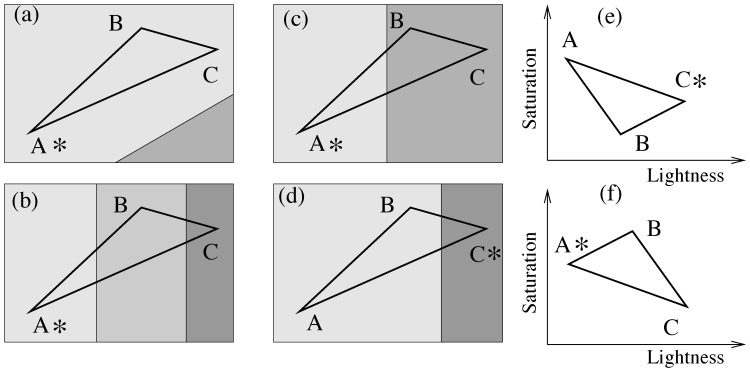Figure 1. The category (a–d) and lightness-saturation (e,f) biases in triad choices.
(a–d): A triad (A,B,C) is represented as a triangle in a CIE space. In the absence of categorical and other biases, stimulus A is the most likely choice. In the presence of categorical biases, the choice might shift. Different categories are denoted by different background shades, and the most likely choice is marked by a star. (a) All stimuli belong to the same category; A remains the most likely choice. (b) All three stimuli belong to different categories; the choice remains A.(c) Stimulus A belongs to a different category than B and C; the choice remains A. (d) Stimulus C belongs to a different category from A and B; the choice might shift from A to C. (e,f): The same triad projected into the lightness-saturation space (a schematic). (e) Stimulus A is the darkest and most saturated color; the choice might shift from A to C. (f) Stimulus A is not simultaneously the darkest and most saturated color; the choice remains A

